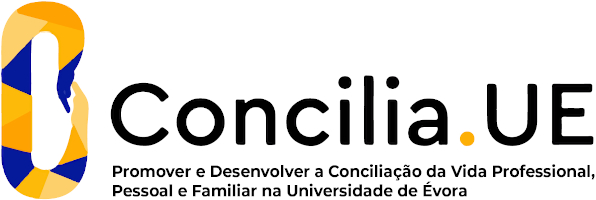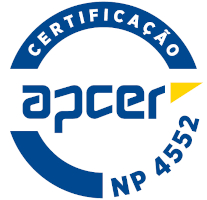2024
Principles of Microeconomics
Name: Principles of Microeconomics
Code: ECN02314L
6 ECTS
Duration: 15 weeks/156 hours
Scientific Area:
Economy
Teaching languages: Portuguese
Languages of tutoring support: Portuguese, English
Regime de Frequência: Presencial
Presentation
This UC is an introductory course to Economics, which provides knowledge, principles, concepts and elementary models of economic analysis.
Sustainable Development Goals
Learning Goals
"Principles of Microeconomics" is an introductory course of Economics that aims to emphasize the principles, concepts and models of elementary economic theory. This course provides fundamental knowledge of economics and analytical tools that will enable students to analyze economic reality, the phenomena and the daily problems of daily and professional life according to the fundamental principles of economic theory. It also aims to encourage students to identify solutions to real life problems based on the economic theory. At the end of the course students should have skills and knowledge concerning the rules of analysis and the concepts of microeconomic theory, the fundamental rules underlying the markets functioning and structure, namely perfect competition and monopoly market structures. They should also be able to develop a coherent reflection and discourse on relevant economic situations.
Contents
1. Introduction
1.1 Economics as a science
1.2 The economic problem: scarcity and choice
1.3 Societys technological possibilities
1.4 Review of mathematical tools and graphical analysis
1.5 The economic circuit
2. Model of Supply and Demand - Introduction
2.1 Market
2.2 Demand curve
2.3 Supply curve
2.4 Joint analysis of supply and demand
2.5 Government intervention in the market
2.6 Consumer surplus and producer surplus
3. Consumer behaviour
3.1 Utility and preferences
3.2 Static equilibrium of the consumer
3.3 Changes in income and prices: impact on consumer choices
4 Firm's production and organization
4.1 Basic concepts
4.2 Production
4.3 Costs
4.4 Firms decision: optimal combination of factors
5. Markets
5.1 Perfect Competition
5.2 Monopoly
1.1 Economics as a science
1.2 The economic problem: scarcity and choice
1.3 Societys technological possibilities
1.4 Review of mathematical tools and graphical analysis
1.5 The economic circuit
2. Model of Supply and Demand - Introduction
2.1 Market
2.2 Demand curve
2.3 Supply curve
2.4 Joint analysis of supply and demand
2.5 Government intervention in the market
2.6 Consumer surplus and producer surplus
3. Consumer behaviour
3.1 Utility and preferences
3.2 Static equilibrium of the consumer
3.3 Changes in income and prices: impact on consumer choices
4 Firm's production and organization
4.1 Basic concepts
4.2 Production
4.3 Costs
4.4 Firms decision: optimal combination of factors
5. Markets
5.1 Perfect Competition
5.2 Monopoly
Teaching Methods
The teaching and learning methods include:
• Lectures in the classroom;
• Solving exercises in the classroom;
• Presentation and discussion of real examples of companies and markets;
• Using the Internet for real-time access to relevant documents and websites.
The evaluation of this course has two options:
1) Continuous evaluation regime, which includes:
• Attending at least 75% of the classes;
• Doing three individual written tests over the semester.
The final classification will be the simple mean of the scores of the three tests.
2) Exam regime, which includes
• Doing a final exam.
• Lectures in the classroom;
• Solving exercises in the classroom;
• Presentation and discussion of real examples of companies and markets;
• Using the Internet for real-time access to relevant documents and websites.
The evaluation of this course has two options:
1) Continuous evaluation regime, which includes:
• Attending at least 75% of the classes;
• Doing three individual written tests over the semester.
The final classification will be the simple mean of the scores of the three tests.
2) Exam regime, which includes
• Doing a final exam.





















